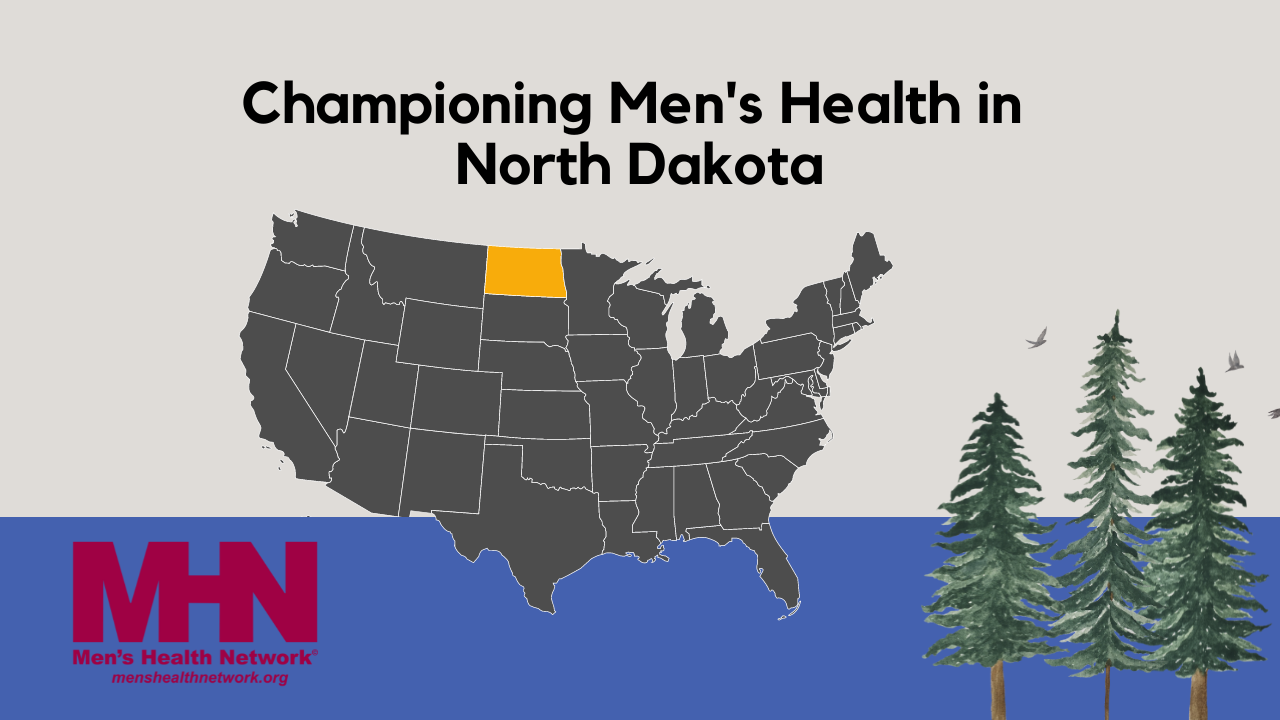Nationwide, men are more likely than women to engage in unhealthy and unsafe behavior, and the same can be said for men in North Dakota. In this article, Contributing Author, Hannah Hanson, offers insight into the ways North Dakota and the Centers for Disease Control and Prevention are taking charge of this disparity and implementing key programs to improve lifelong outcomes for men and boys.Continue reading
Tag: boys health
Shining a Light on Men’s Mental Health: A Vital Focus During Mental Health Month
May is recognized as Mental Health Month, providing an invaluable opportunity to raise awareness and understanding about mental health issues. In this blog, we explore and discuss the significance of Mental Health Month for men, boys, and their families.Continue reading
How Sperm May Be Related to Autism Diagnoses
You see the headlines, “Autism increased tenfold,” “Autism 1 in 2 by 2025,” and you wonder if it’s really true and why. Well, the fact is that autism rates are increasing among children. In the 1970s, autism spectrum disorder was reported in 1 in 5,000 children. In 2009, it was 1 in 110. Currently, about 1...
Researchers test ways to encourage healthier lifestyle in African-American men
African Americans could expect to live 14.6 fewer years than white Americans in 1900 but the gap between the lifespan of African American men and white men was slightly smaller at 14.1 years. By 2015, the gap for both sexes had shrunk to 3.4 years, based on Centers for Disease Control statistics, though the gap...
Autism rates continue to rise, but the reasons why aren’t clear
Autism affects more than 3.5 million Americans, with boys four times more likely than girls to be afflicted, the Centers for Disease Control and Prevention (CDC) says. Autism increased in children in the United States by 119 percent from 2000, when the rate was one child in 150, to 2010, when the rate was one...
Authorities fear COVID-19 is making opioid abuse worse
The opioid abuse epidemic in the United States was already urgent when the COVID-19 pandemic began, but health authorities fear the virus has made the opioid epidemic even worse. A Centers for Disease Control and Prevention (CDC) report released in December 2020 notes that 10 western states saw opioid overdoses increase in that year. Most...
New Year Equals New Opportunities To Stay on Top Of Your Health
You know what they say: New Year equals a new me, right? Well, despite the overwhelming feeling of relief by many that our calendars have flipped from 2020 to 2021, it is absolutely vital to both men and women to make a plan to stay on top of their health. Some could read that last...
Teens at risk–and the adults who aren’t paying enough attention
72% of all deaths among young people aged 10–24 years were caused by one of four causes: car crashes (26%), other unintentional injuries (17%), homicide (16%), and suicide (13%). And hundreds of thousands of teens are affected by non-fatal but life-disrupting conditions such as sexually transmitted diseases (STD) and teen pregnancy. The big problem is...







